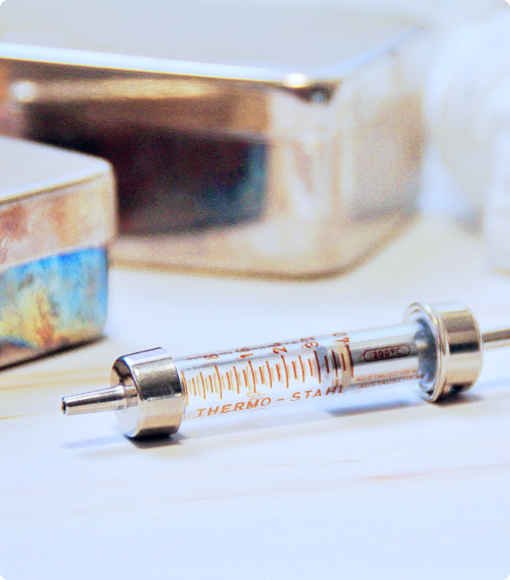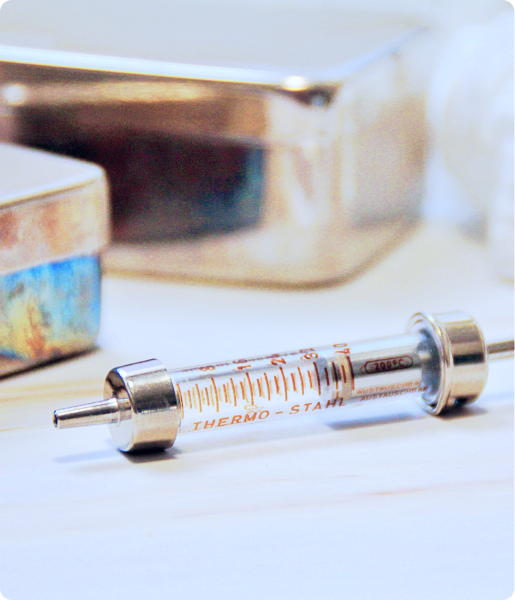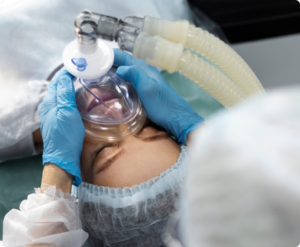
The Evolution of Anesthesia
The modern age of anesthesia was ushered in on Oct. 16, 1846, by New England dentist William T.G. Morton who, with Dr. John Collins Warren, publicly demonstrated the successful use of diethyl ether as a general anesthetic at Massachusetts General Hospital. The inhaled ether rendered the patient unconscious, allowing for the subsequent tumor removal surgery to be performed absent any pain during the procedure. The word “anesthesia” was coined shortly thereafter by Oliver Wendell Holmes, who combined the Greek words for “without” and “sensation.”
The use of ether as a general anesthetic became widespread in the medical field over the ensuing decades, as did the use of chloroform, which was first used by a Scottish obstetrician in 1847. Other developments relating to the delivery and administration of anesthetics followed, as did the discovery of new drugs that could be used as anesthetics, both general and topically.
Today, millions of Americans safely undergo surgery every year while under general anesthesia or otherwise receive local, sedation, or regional anesthesia to block or reduce pain during medical procedures.

Types of Anesthesia
Depending upon the surgery or type of procedure, you may have the option to choose which type of anesthesia you prefer. This decision will be made in consultation with your physician anesthesiologist, who will describe safe anesthesia options appropriate for your specific operation or medical procedure. We’ve included more details and describing each type of anesthesia below.
Anesthesiologists rely on four main categories of anesthesia to help ensure patient comfort during surgery and other procedures:
General Anesthesia is what most people often think of when they hear the word "anesthesia." General anesthesia renders patients unconscious to the point that they have no awareness or ability to feel sensations.
General anesthesia can be induced by many different kinds of medications. These include anesthetic gases and vapors delivered via breathing tube or mask, as well as liquid medications delivered via IV to induce sleep, relax muscles, and treat pain
Anesthesiologists work with each patient individually to determine which combination of medications will be most effective, based on the overall state of health, other medical conditions, other medications in use, allergies, and the type of surgery.

General Anesthesia is what most people often think of when they hear the word "anesthesia." General anesthesia renders patients unconscious to the point that they have no awareness or ability to feel sensations.
General anesthesia can be induced by many different kinds of medications. These include anesthetic gases and vapors delivered via breathing tube or mask, as well as liquid medications delivered via IV to induce sleep, relax muscles, and treat pain
Anesthesiologists work with each patient individually to determine which combination of medications will be most effective, based on the overall state of health, other medical conditions, other medications in use, allergies, and the type of surgery.







